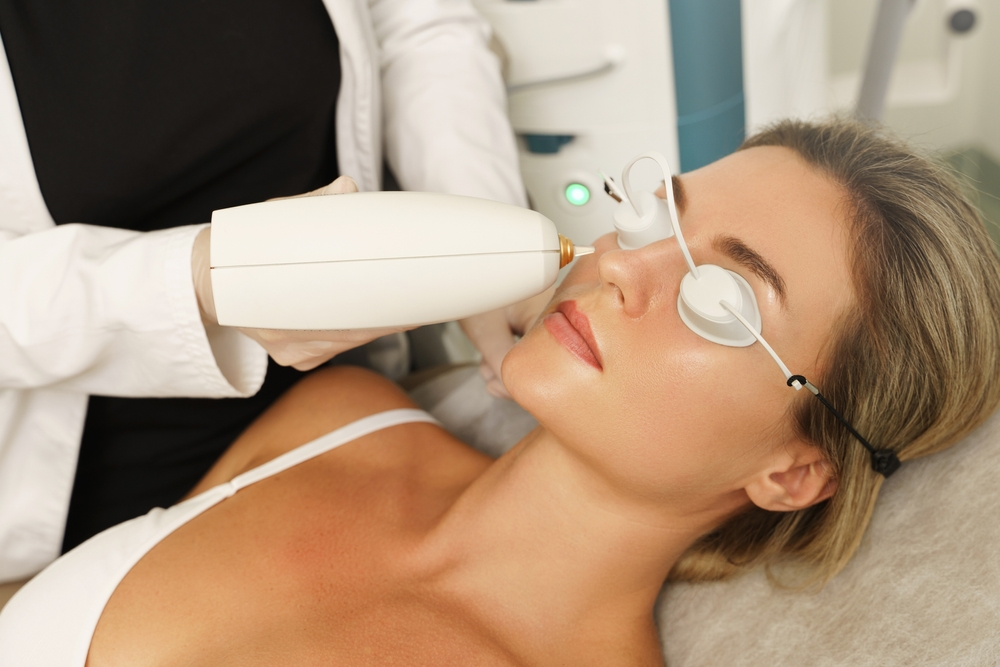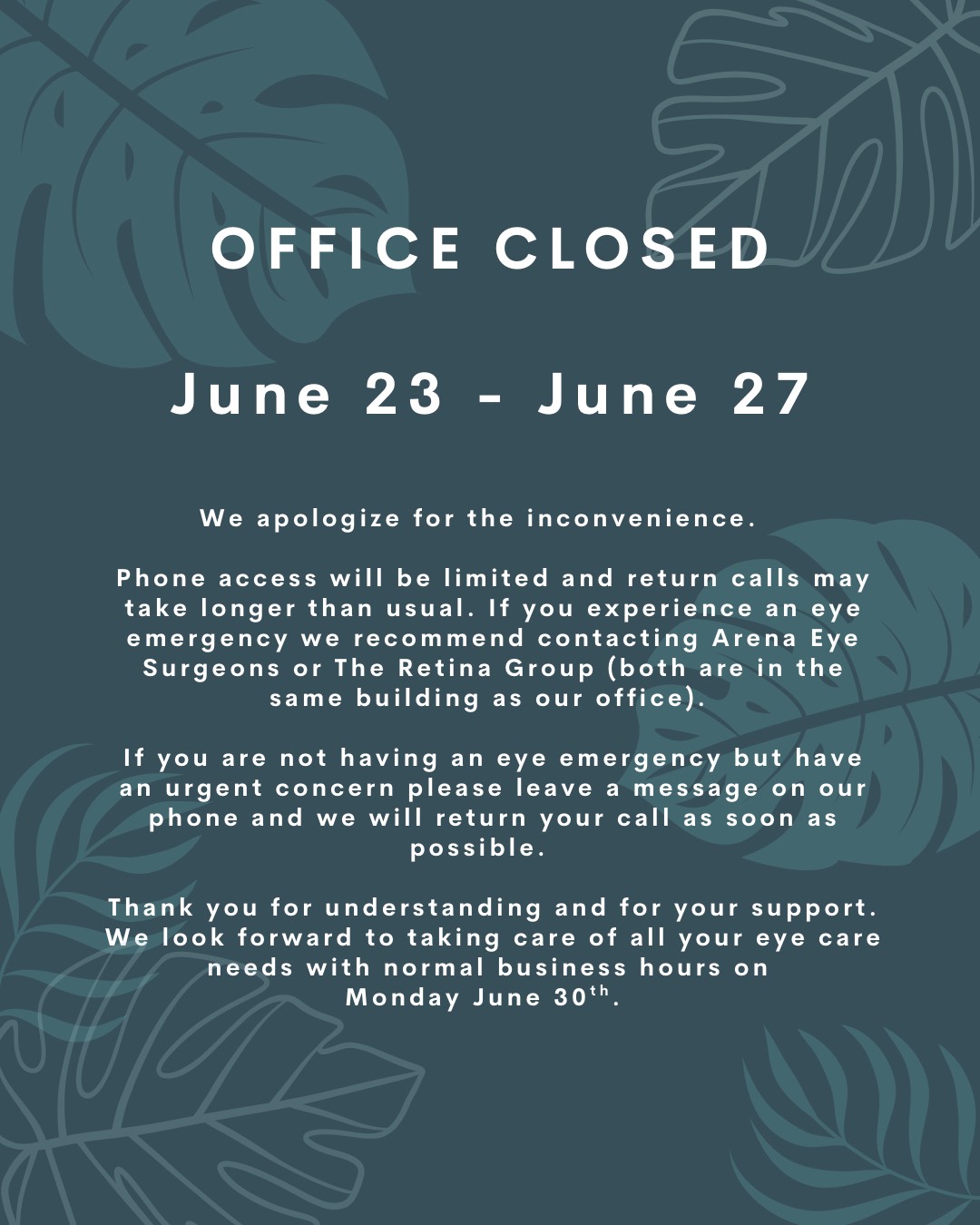
Dry eye is a common condition that occurs when the eyes do not produce enough tears or when the tears evaporate too quickly. It can cause discomfort, irritation, and even vision problems. If you are suffering from dry eye, you may have heard about IPL (Intense Pulsed Light) treatment as a potential solution.
Understanding the OptiLight Treatment for Dry Eye
The OptiLight treatment is a non-invasive and painless procedure that uses intense pulsed light to target the root causes of dry eye. The light energy is absorbed by the blood vessels and meibomian glands in the eyelids, stimulating the production of natural oils and improving tear film stability. This helps to alleviate the symptoms of dry eye and restore the balance of the tear film.
During the treatment, a handheld device is used to deliver the intense pulsed light to the eyelids. The procedure is performed by a trained optometrist in a clinical setting. Many patients find the treatment to be comfortable and experience little to no downtime afterward.
Factors to Consider When Determining Treatment Frequency
The frequency of OptiLight treatment for dry eye may vary depending on several factors. It is important to consult with an optometrist who specializes in dry eye management to determine the most suitable treatment plan for you.
The severity of your dry eye symptoms will play a significant role in determining how often you should get IPL treatment. If your symptoms are mild, you may require fewer treatment sessions compared to someone with more severe symptoms. Your optometrist will evaluate the severity of your dry eye and recommend an appropriate treatment frequency based on your individual condition.
Dry eye can have various underlying causes, such as meibomian gland dysfunction, ocular surface inflammation, or hormonal changes. The cause of your dry eye may impact the treatment frequency. For example, if your dry eye is primarily caused by meibomian gland dysfunction, you may require more frequent OptiLight sessions to address the dysfunction and improve oil gland function.
The response to OptiLight treatment can vary from person to person. Some individuals may experience significant improvement in their dry eye symptoms after just a few sessions, while others may require more treatments to achieve the desired results. Your optometrist will closely monitor your progress and adjust the treatment frequency accordingly.
The Importance of Consultation with an Optometrist
Before undergoing any dry eye treatment, including OptiLight treatment, your optometrist will assess your condition, discuss your symptoms and medical history, and perform any necessary tests to determine the underlying causes of your dry eye. Based on this comprehensive evaluation, they will develop a personalized treatment plan tailored to your specific needs.
During the consultation, your eye doctor will also discuss the recommended treatment frequency for OptiLight sessions. They will consider factors such as the severity of your dry eye, the underlying causes, and your response to treatment. By working closely with your doctor, you can ensure that you receive the most effective and appropriate care for your dry eye.
Schedule Your Consultation with Dr. Cline Today
IPL treatment can be an effective solution for dry eye. The treatment frequency for OptiLight sessions will depend on factors such as the severity of your symptoms, the underlying causes of your dry eye, and your response to treatment. It is important to consult with our optometrist who specializes in dry eye management to determine the most suitable treatment plan for you. We will guide you through the process and monitor your progress to ensure optimal results.
If you are experiencing symptoms of dry eye or to determine if OptiLight is the right treatment for you, schedule a consultation with Dr. Cline at The Eye Care Studio in Delaware, Ohio. Call (740) 306-3600 to book an appointment today.











